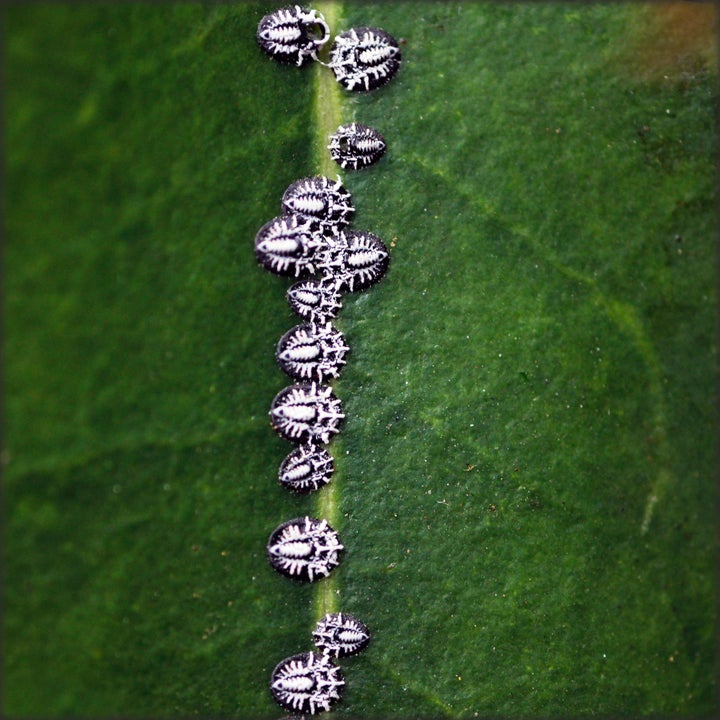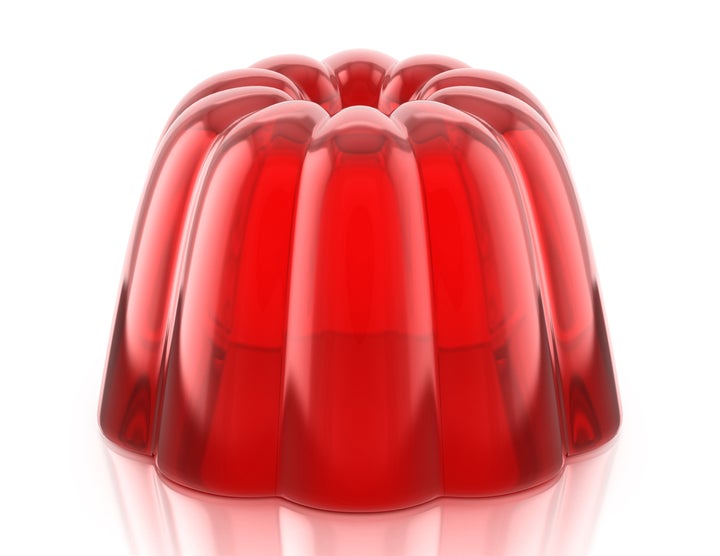Red food dye has always given our beloved red velvet cupcakes their rich, festive color. But that aesthetic pleasure comes with a pretty nasty secret.
Much of the red coloring we use in food is actually made of crushed bugs. Yep, creepy, crawly bugs.
Cochineal insects, as they're known, are scale insects that, in their pre-crushed state, look like this:

Cochineal insects can be found on prickly pear cacti in the North American deserts, where they spends most of their lives sucking away on the plants’ sap. They produce a bitter, crimson-colored pigment called carminic acid, which they store in their guts and use to ward off predators.
To make red dye, manufacturers dry the cochineals and grind them into a powder. The powder turns a bright red when mixed with water.
It may sound gross, but humans have been brightening up life with the crushed guts of cochineals for centuries.
The Mixtec Indians of pre-Hispanic Mexico even farmed and domesticated the bugs, using the dye to color their clothing and show off their social status. By the 1900s, Americans began using cochineal dye to color a variety of foods, including sausages, pies, dried shrimp, candy and jams.
But when word got out that the crushed-bug dye was in Starbucks' beloved Strawberries and Creme Frappuccinos in 2012, people started to freak.
Starbucks ditched the dye completely, but cochineal dye is still widely used in the food industry -- just check the labels on colored Jell-O packages, candies and yogurts for the words carmine, carminic acid or cochineal extract.
And while cochineal dye definitely has an ick-factor, the alternatives are synthetic, including one dye that is made from coal tar sludge, according to Bob Alderink of the North Carolina Museum of Natural Sciences.
"Cochineal dye has been around for centuries. It is a natural, renewable resource," Alderink explains in a video. "And in my opinion, it's just plain cool."

So while the thought of eating bugs may be a little alarming, take solace in knowing it's the more "natural" option. Unless you're allergic to carminic acid, you're vegan or completely against the consumption of bugs for reasons of humanity, a little insect never hurt anybody.
